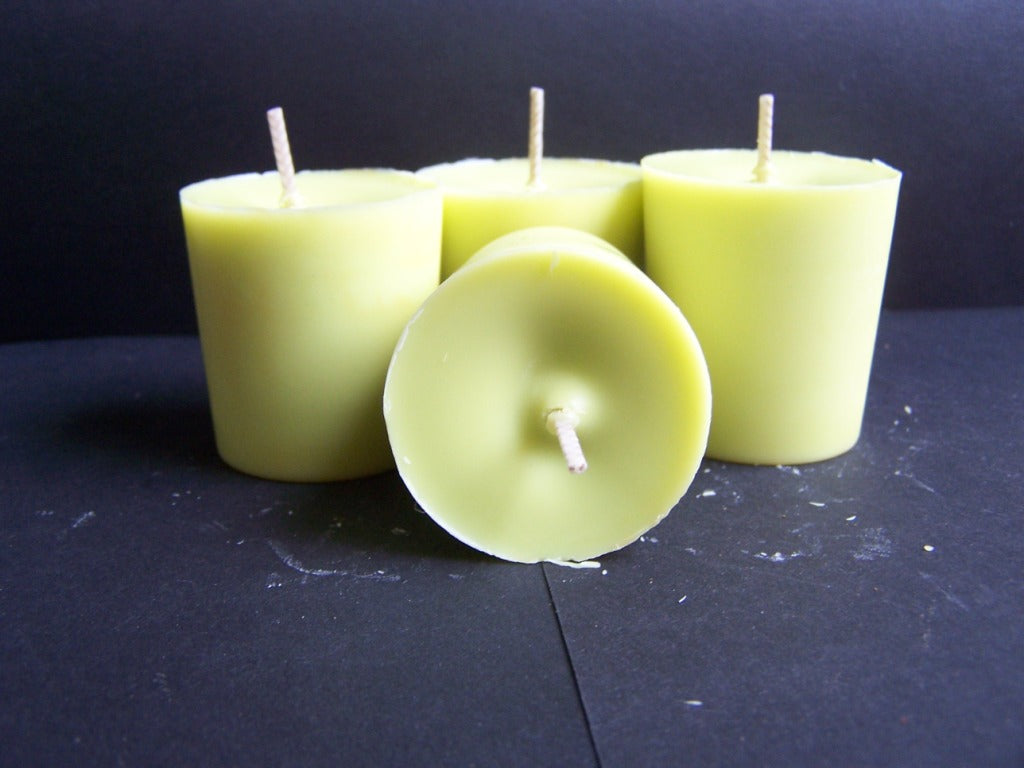From Wick to Wax: Comprehending the Chemistry Behind Soy Wax Candles and Their Ecological Impact
As we illuminate our areas with the cozy glow of candles, there lies a realm of detailed chemistry behind the relatively straightforward act of lighting a soy wax candle. Join us as we untangle the clinical ins and outs behind soy wax candle lights and explore their implications on our environment.
Soy Wax Vs. Paraffin Wax
When comparing soy wax and paraffin wax for candle production, it is crucial to comprehend the distinctive attributes and advantages of each product. Soy wax is an all-natural, sustainable resource derived from soybean oil, making it environment-friendly and eco-friendly - home fragrance. In comparison, paraffin wax is a by-product of oil refining, which raises issues regarding its environmental influence and sustainability
Soy wax candles burn cleaner and discharge much less soot contrasted to paraffin wax candles, making them a much healthier choice for interior air quality. Furthermore, soy wax has a reduced melting point, enabling a longer-lasting candle light that spreads scent much more properly. Paraffin wax, on the various other hand, tends to shed faster and much less cleanly, potentially launching dangerous chemicals right into the air.
From a sustainability perspective, soy wax is favored for its biodegradability and eco-friendly sourcing, lining up with the expanding consumer choice for eco aware items. While paraffin wax has been a typical choice in candle light making due to its cost and simplicity of use, the change in the direction of environmentally friendly options like soy wax is obtaining energy in the industry.
Chemical Make-up of Soy Wax

Burning Process in Soy Candles
The chemical composition of soy wax directly affects the burning process in soy candles, affecting factors such as melt time, scent release, and ecological effect. When a soy candle is lit, the warm from the flame melts the wax near the wick. This liquid wax is after that attracted up the wick as a result of capillary action. As the fluid wax reaches the fire, it undertakes and evaporates burning. The burning process involves the vaporized hydrocarbons in the soy candles wax responding with oxygen in the air to generate warm, light, water vapor, and co2.
The burning efficiency of soy candle lights is affected by the purity of the soy wax and the top quality of the wick. A clean-burning soy candle with an appropriately sized wick will certainly minimize and produce a constant fire soot formation. This not only extends the melt time of the candle yet likewise enhances the release of fragrances. Furthermore, soy wax candle lights have a lower environmental impact compared to paraffin candle lights due to their sustainable and biodegradable nature.

Ecological Benefits of Soy Wax

Taken into consideration a sustainable option to conventional paraffin wax, soy wax provides remarkable environmental benefits that make it a prominent selection among eco-conscious consumers. Soy wax burns cleaner and creates less residue than paraffin wax, contributing to much better indoor air top quality and minimizing the demand for cleaning and upkeep. In general, the ecological benefits of soy wax line up with the expanding demand for eco-friendly and sustainable items in the market.
Recycling and Disposal Factors To Consider
Reusing and appropriate disposal of soy wax candles play a vital function in preserving ecological sustainability and reducing waste in communities and households. When it comes to reusing soy wax candle lights, the initial step is to guarantee that the candle has melted completely. This can be achieved by allowing the candle to melt go to website till the wick is no longer usable, and afterwards allowing the staying wax cool and solidify. When the wax has solidified, it can be meticulously removed from the container.

In terms of disposal, if recycling is not an option, soy wax candles are biodegradable and can be safely dealt with in the majority of household waste systems. Nevertheless, it is constantly advised to get in touch with regional reusing centers or waste monitoring solutions for particular guidelines on candle light disposal to guarantee appropriate handling and environmental defense.
Final Thought
In verdict, the chemistry behind soy wax candle lights discloses their ecological benefits over paraffin wax candles. Soy wax, derived from soybean oil, burns cleaner and produces less soot when compared to paraffin wax.
When comparing soy wax and paraffin wax for candle making, it is essential to comprehend the distinct features and benefits of each product (candles).Soy wax candle lights melt cleaner and give off less residue contrasted to paraffin wax candle lights, making them a healthier option for indoor air quality.Considered a lasting alternative to traditional paraffin wax, soy wax provides significant ecological advantages that make it a preferred option among eco-conscious customers. Soy wax burns cleaner and generates less residue than paraffin wax, adding to much better indoor air high quality and reducing the demand for cleaning and maintenance.In conclusion, the chemistry behind soy wax candle lights discloses their ecological advantages over paraffin wax candle lights
Comments on “Shop Sustainable Soy Wax Candles and Home Fragrance Collections”